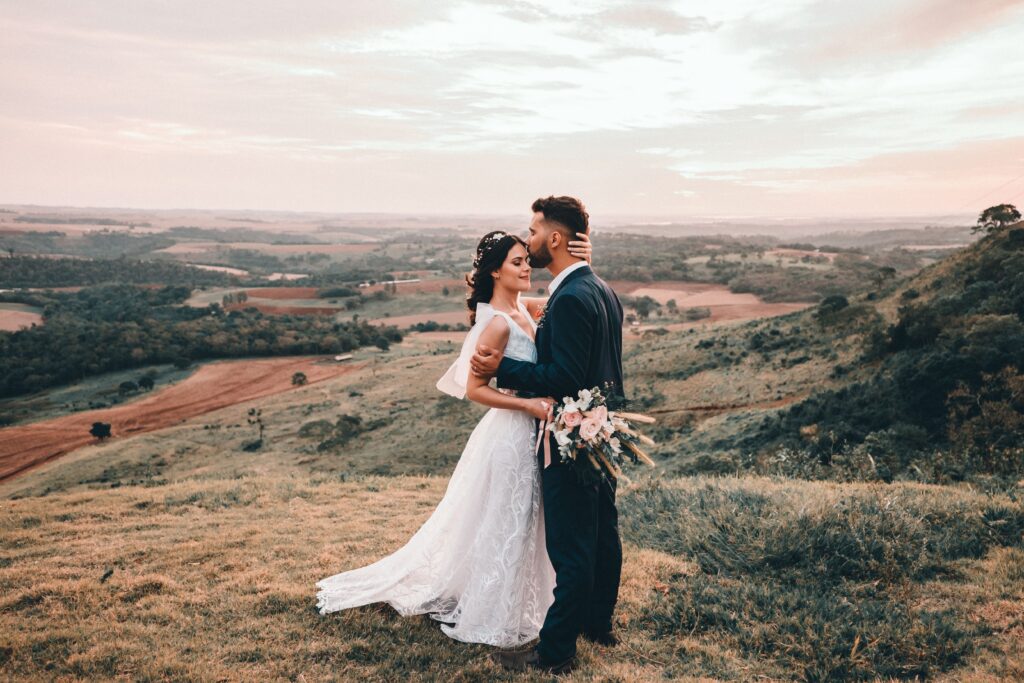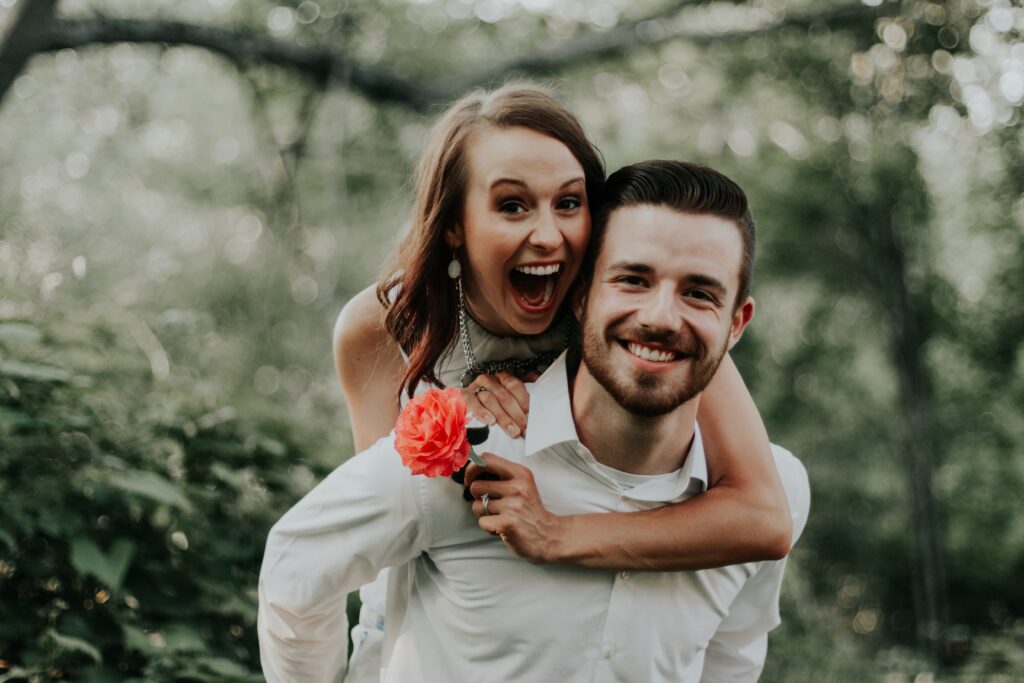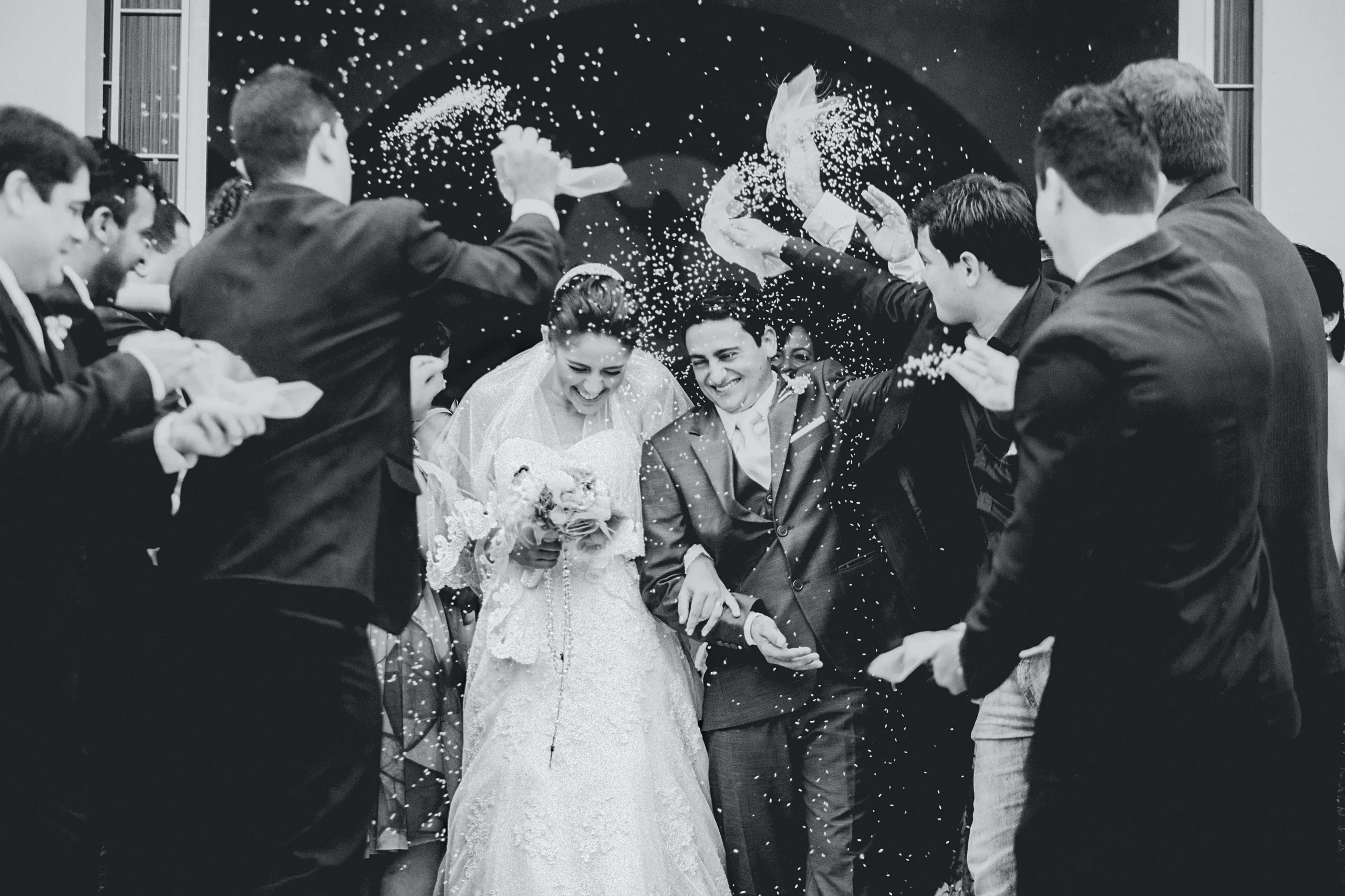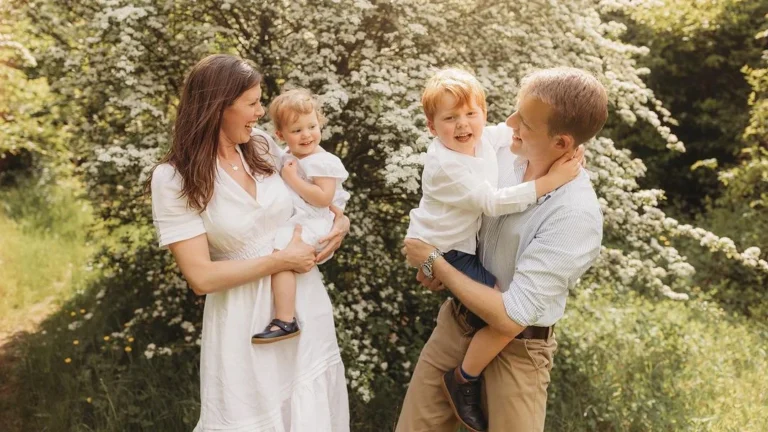Are you interested in starting a career in professional photography? In this Wedding Photography 101, we will show you that Wedding Photography can be a great way to earn a good income. Most couples want to capture the memories of their special day forever, and you could be the one to make that happen!
However, being a wedding photographer may seem intimidating. The couple only gets one chance to have their big day captured, so it’s important to meet their expectations. But don’t worry, we’ve got you covered! In this Wedding Photography 101 guide, we’ll show you the fundamentals of being a wedding photographer and how to bring out the best in the couple you’re photographing.
What is this Wedding Photography 101 about?
So let’s start with the basics:
The primary objective of wedding photography is to document the special day of the couple, their families, and friends. The day is very special to almost all couples, so they want to make sure to have beautiful photos to remember that day.
A wedding photographer must be skilled in capturing candid moments and posed shots. They must be able to anticipate moments and especially emotions! To achieve that, your photos require careful planning, preparation, and execution to capture all the essential moments.
Wedding photography involves working in different lighting conditions, from harsh sunlight to dimly lit reception halls. Some couples even marry in a dark forest or big cathedrals with bad lighting. So you want to make sure to be prepared for all eventualities!

Mastering Techniques
Know your stuff. Be sure you know what you’re doing and are not experimenting too much when shooting the wedding. You should at least know these techniques and photography essentials by heart:
Composition
Composition is the arrangement of elements within a photograph. It’s important to consider the background, foreground, and subject placement when composing your shots. Here are some tips to improve your composition:
- Use the rule of thirds: Divide your frame into thirds both vertically and horizontally, and place your subject at the intersection of these lines.
- Experiment with angles: Try shooting from different angles to add interest and variety to your shots.
- Pay attention to lines: Use leading lines to draw the viewer’s eye to the subject.
Lighting
Lighting is crucial in photography, and wedding photography is no exception. Here are some tips to help you master lighting:
- Use natural light whenever possible: Natural light is the most flattering and creates a soft, romantic look.
- Avoid harsh shadows: Harsh shadows can be unflattering, so try to use diffused light or fill flash to soften them.
- Be aware of the time of day: The time of day can affect the quality and color of light, so plan accordingly.
Posing
Posing can make or break a photo, so it’s important to give direction to your subjects. Here are some tips to help you master posing:
- Communicate clearly: This is the most important aspect. Speak with your subjects and tell them what to do!
- Use natural poses: Avoid stiff or unnatural poses, and encourage your subjects to move and interact with each other.
- Pay attention to details: Small details like hand placement and facial expressions can make a big difference in the final result and make the photos look less awkward.
Working with Couples
As said – communication is key. Not just during the shooting to adjust poses and details but also beforehand!
During the shoot

During the shoot, it’s important to keep communicating with the couple. Give them clear instructions on where to stand, how to pose, and what to do. This will help them feel more comfortable and confident in front of the camera, which will result in better photos. Make them feel like you’re the most experienced photographer. Make them try different poses, and most importantly: Be sure they have fun.
Managing Expectations
Managing the couple’s expectations is also an important part of the job. Make sure they understand what is possible and what is not. For example, if they want a shot of the entire wedding party jumping in the air at the same time, let them know that this may bring up some problems with scheduling, timing and so on. Be honest with them about what you can and cannot do, and work with them to come up with a plan that meets their needs.
Capturing Emotions
One of the most important aspects of wedding photography is capturing the emotions of the couple. To do this, you need to be able to read their body language and facial expressions. Pay attention to their interactions with each other and with their guests. Look for moments of laughter, tears, and joy, and be ready to capture them as they happen.

In addition to capturing candid moments, make sure to also get some posed shots of the couple. Work with them to come up with poses that feel natural and comfortable. Remember that the goal is to capture their love and connection, so focus on poses that showcase these emotions.
Post-Production
Once you’ve captured the perfect shots, it’s time to move on to post-production. This is where you’ll edit your photos, print them out, and create the perfect wedding album. Here’s what you need to know about post-production.
Editing
Editing is a crucial step in the post-production process. You’ll want to make sure that your photos are properly exposed and color-corrected and that any blemishes or imperfections are removed. Adobe Lightroom and Photoshop are popular editing tools used by many professional photographers.
There are many sources online on how to edit your photos to your liking. Have a look around here or in this video:
Printing
Printing your photos and sending them to the couple is an awesome add-on you can provide as a service. Most photographers only shoot the photos, and that’s it – so this is a great way to offer your clients an all-inclusive service!
When printing your photos, consider the following:
- Paper quality: Choose a high-quality paper that will last for years to come.
- Printer calibration: Calibrate your printer to ensure that the colors are accurate and consistent.
- Print size: Choose the appropriate print size for each photo to showcase your work best.
Album Creation
Another nice gimmick would be to do the album creation for the couple. Some may want to do this by themselves, but others will be happy to have some professional do the job for them! Some basics to consider when making the album are:
- Layout: There are many pre-made layouts online. Look which one fits your photos, and you’re good to go!
- Cover: Choose a cover that reflects the style and personality of the couple.
- Printing: Again, ensure you have a high-quality printing service to ensure the album lasts for years.
Building Your Portfolio
As a wedding photographer, your portfolio is your most valuable asset. It showcases your skills, style, and experience to potential clients. Some clients will see your portfolio, see themselves in it, and be hooked to have you as their photographer! So it’s important you start building your portfolio right away.

Start with what you have
Your first portfolio-building tip is to get started with what you already have. Check out those hidden gems from family vacations, holidays, and special events stored on your memory card. Look for photos that showcase your ability to capture candid moments, emotions, and the little details.
Shoot styled shoots
Styled shoots are a great way to build your portfolio and showcase your creativity. Collaborate with local vendors to create a styled shoot that reflects your style and vision. Use the opportunity to experiment with different lighting, poses, and compositions. Make sure to get permission from the vendors before using the images in your portfolio.
Second shoot
Second shooting is a great way to gain experience and build your portfolio. Just ask local wedding photographers if they need a second shooter for their upcoming weddings! Use the opportunity to learn from their experience, observe their techniques, and capture candid moments that they might miss.
Curate your portfolio
Your portfolio should showcase your best work and reflect your style and vision. Be selective and only include images you are proud of and represent your brand. Make sure to include a variety of images that showcase your ability to capture candid moments, emotions, and beautiful details.
Keep it up-to-date
Your portfolio should be a living document that evolves with your skills and experience. Make sure to update your portfolio regularly with your best work. Remove outdated images and replace them with new ones that showcase your growth as a photographer.
Marketing Your Business

In the end, marketing is what brings you, customers and clients. You want to market yourself as a professional wedding photographer, so be sure to make a professional first impression!
(Also: Showcase your equipment. Clients love that, trust us!)
Social Media
Social media is a powerful tool that you can use to showcase your work and connect with potential clients. Platforms like Instagram, Facebook, and Pinterest are great for sharing your portfolio, behind-the-scenes photos, and client testimonials. Use relevant hashtags, engage with your followers, and post consistently to stay on your mind.
Networking
Networking is another effective way to market your wedding photography business. Attend industry events, join local photography groups, and collaborate with other wedding vendors to expand your network and build relationships.
When networking, be genuine and authentic. Don’t just focus on selling your services; instead, aim to build lasting connections with other professionals in the industry. By building relationships, you can gain valuable referrals and recommendations.

Client Referrals
Client referrals are one of the most powerful forms of marketing for wedding photographers. When your clients are happy with your work, they are more likely to refer you to their friends and family.
To encourage referrals, offer incentives such as a discount on future sessions or prints. Make sure to provide excellent customer service and go above and beyond to exceed your client’s expectations (like with the printed photos!).
Frequently Asked Questions
What should I include in my wedding photography contract?
Your wedding photography contract should include the date and time of your wedding, the number of hours of coverage, the number of photographers, the location(s) of your wedding and reception, the number of edited photos you will receive, the turnaround time for receiving your photos, and the total cost of the photography services.
What are the different styles of wedding photography?
There are several different styles of wedding photography, including traditional, photojournalistic, artistic, and cinematic. Traditional wedding photography focuses on posed portraits and formal group shots, while photojournalistic photography captures candid moments and tells a story of the day. Have a look online for inspiration!
What factors affect the price of wedding photography services?
The price of wedding photography services can vary depending on several factors, including the experience and skill level of the photographer, the length of time the photographer will be shooting, and much more. Usually, the price reaches from 500$ to 2000$





